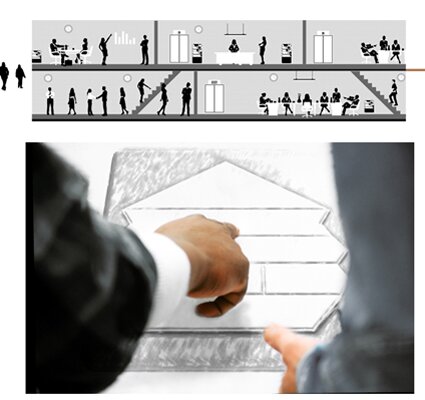Strategy

The strategic elements comprise aspects that guide employees: including Vision, Mission, Critical success factors, Value disciplines, SWOT analysis, Strategic orientation and goals, as well as the Strategic core of Core Competencies, Core Processes, and Core Services. Together, they create a long-term orientation for all executives and employees. They describe the purpose, beliefs, and focus on the essentials of the business, setting the framework for implementation through clear priorities and clever target systems.
- Vision
The vision describes the desired, ideal future as a description, a metaphor, or an image. - Mission
The mission outlines the expectations of stakeholders and the company's purpose. - Critical success factors
Key performance indicators are metrics from various areas (e.g., process, market, partners) that have a decisive influence on survival and competitiveness. - Value disciplines
Value disciplines define the pursued benefit dimension of a company: product leadership, process leadership, or customer proximity. - SWOT
SWOT describes strengths, weaknesses, opportunities, and threats. Based on this, strategies are defined to influence each factor. - Strategic direction
Strategic orientation defines objectives in the form of basic strategies, including concentration, consolidation, activation, expansion, reinvention, or closure. - Strategic goals
The target system describes the long-term and short-term SMART (specific, measurable, achievable, relevant, testable) targets derived from the strategic orientation. - Strategic core
The strategic core describes the core deliverables, competencies, and processes.




